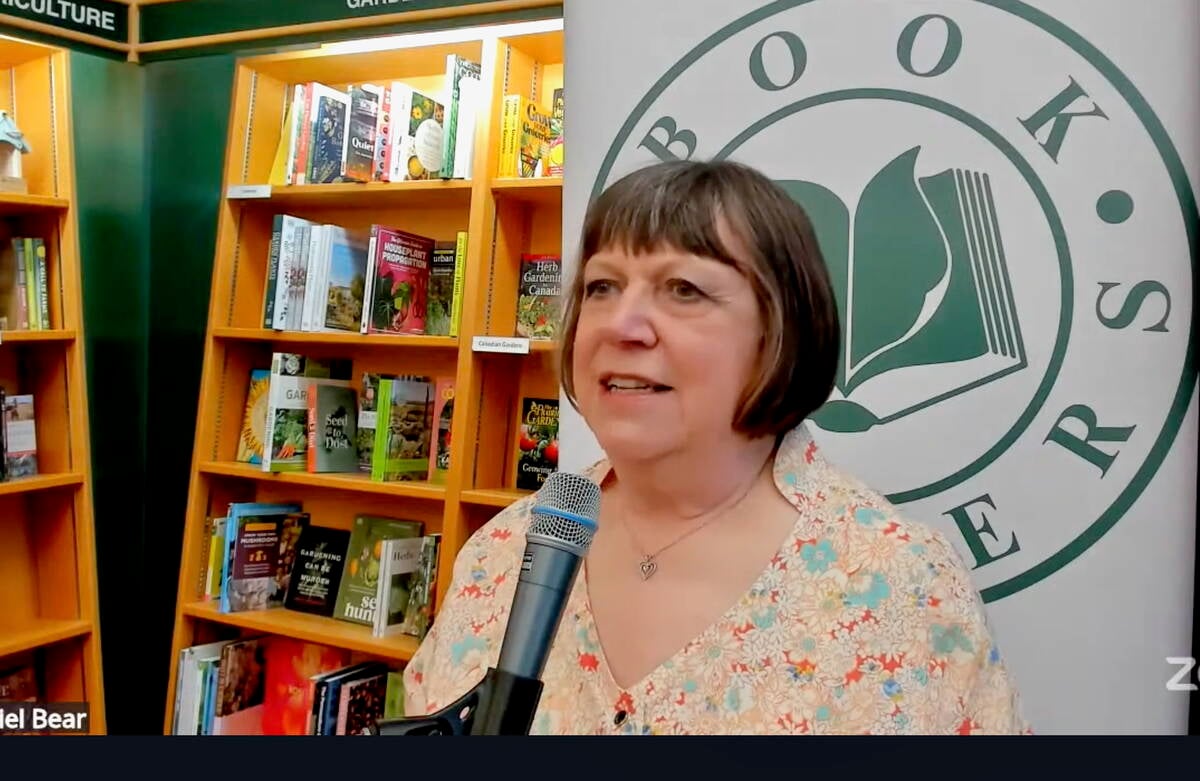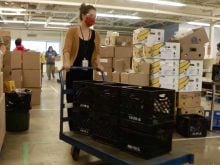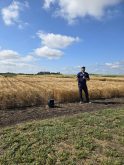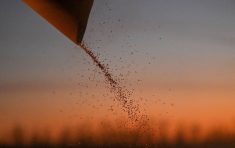Reuters – Between poor rainfall, fuel shortages and soaring fertilizer prices, it’s been a bad year for wheat farmers in northeastern Syria.
The northeast is vital to Syria’s grain production, but the Kurdish-led authorities that control the area do not expect this year’s harvest to meet the needs of their region, let alone allow for supplies to other parts of the country.
It adds to the bleak picture for Syrian wheat output, which has slumped since war erupted in 2011.
Read Also

Agriculture remembers Rosalie Tennison
Rosalie Tennison, a Manitoba agricultural journalist and author, has died after being struck by a vehicle in Winnipeg Nov. 21.
Imran Riza, resident co-ordinator and humanitarian co-ordinator for the United Nations in Syria, said initial indications point to another poor agricultural season.
Similar to last season, he said, the 2022 harvest had been hit by late and limited rain. Crops were also affected by weather anomalies including frost and a sharp rise in temperatures.
“Food costs have risen dramatically, production and supply has been low and the indications for the next harvest are very worrying,” he said. “We are extremely concerned about the overall food security situation.”
The World Food Program says 12.4 million Syrians, or close to 70 per cent of people in the country, are food insecure.
Nabila Mohamed, a senior official overseeing agricultural development in the Kurdish-led administration running the northeast, said 379,000 tonnes of the region’s wheat have been harvested so far.
Expected yield is 450,000 tonnes, less than the 600,000 tonnes she said was needed to meet the area’s needs.















